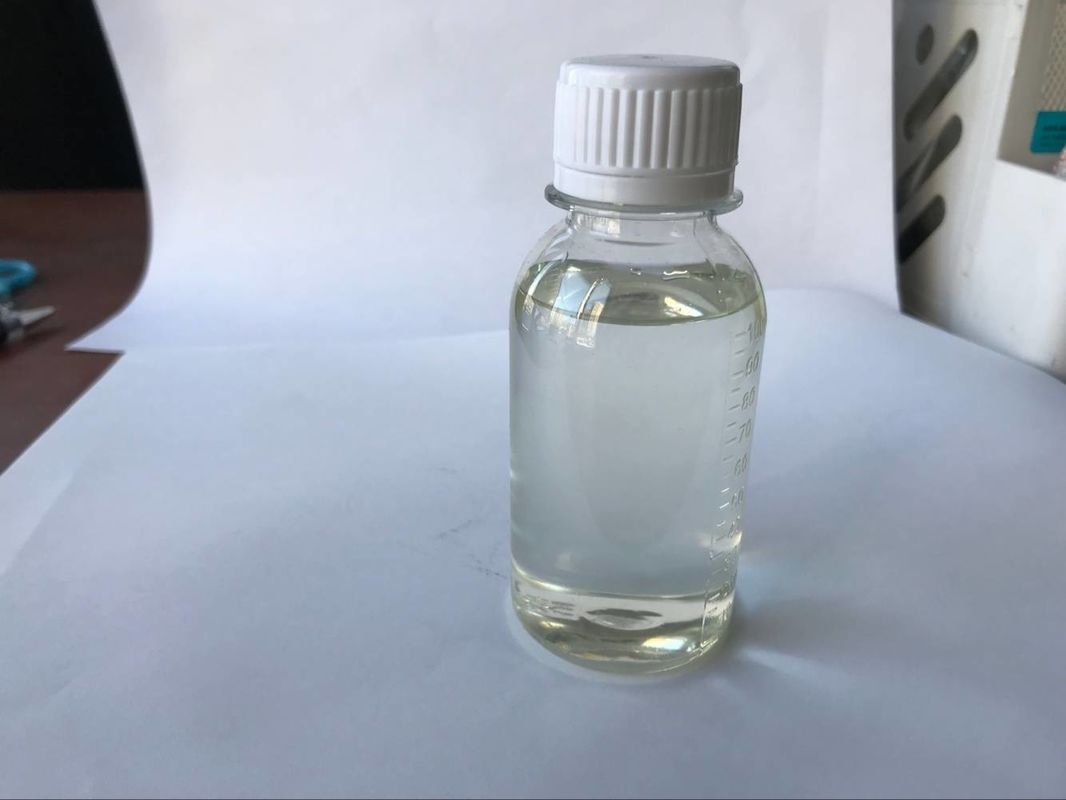Phosphonobutane Tricarboxylic Acid 50%: All You Need to Know About
Phosphonobutane tricarboxylic acid called PBTC 50 has a molecular formula of C7H11O9P. This compound is built by combining carbon, hydrogen phosphorus, and oxygen. PBTC acts as a very good corrosion inhibitor as well as an antiscalant. This is because of the features of the structure of phosphoric acid and carboxylic acid.
In this blog post, we’ll take a close look at PBTC acid (50%), including what it is, its chemical formula, and the packaging and storage process for PBTCA 50. We’ll also touch on some of the different quality assessment methods used to ensure PBTC 50% is up to par. So, read on till the end to get a whole lot of knowledge about phosphonobutane tricarboxylic acid. Let’s get started!
Basics about PBTC 50
PBTC 50% is a white, odorless, crystalline solid that is soluble in water. PBTC 50% is often used as a corrosion inhibitor, scale inhibitor, and metal passivator in cooling tower and boiler systems. PBTC 50% is produced by the reaction of phosphorus pentoxide and butanoic acid. This reaction results in the formation of an intermediate product, which is then treated with water to yield PBTC 50%. The cas no. for PBTC is 37971-36-1 and the molecular weight is measured at 270.13. Its pH in 1% water is calculated to be 1.5-2.
Two Different Quality Assessment Procedures For PBTC 50%
There are two major quality-checking methods that are used to check for any impurity in the PBTC 50. Following are both these methods:
1. Nuclear Magnetic Resonance Phosphorus Spectroscopy
This method can be used to determine the purity of PBTCA. Nuclear magnetic resonance phosphorus spectroscopy, or NMR P-spectroscopy, is an analytical technique used to identify and characterize phosphorus-containing molecules. The technique is based on the principle of nuclear magnetic resonance or NMR. This principle states that when a magnetic field is applied to a sample of nuclei, the nuclei will absorb energy at specific frequencies. The energy absorbed by the nuclei can then be detected and used to identify the molecules present in the sample.
P-spectroscopy is particularly useful for studying biological systems, as it can be used to identify phospholipids, nucleotides, and other key biomolecules. In addition, NMR P-spectroscopy can be used to study the structure and function of proteins. This technique has been used to investigate a wide range of topics, including cancer metabolism, receptor signaling, and enzyme kinetics.
2. Nuclear Magnetic Resonance Carbon Spectrum
Nuclear magnetic resonance (NMR) is a powerful tool that scientists use to study the structure and composition of molecules. By bombarding a sample with high-energy radio waves, scientists can cause the nucleus of an atom to emit a signal that can be detected and analyzed. This technique is especially useful for studying carbon-based molecules, as carbon atoms have a particularly strong ability to absorb energy from radio waves. As a result, NMR spectroscopy is an important tool for understanding the structure of complex organic molecules. The carbon NMR spectrum can provide valuable information about the number and types of carbon atoms in a molecule, as well as the way they are arranged. This information can help scientists to better understand the function of complex organic molecules and develop new drugs and other treatments.
Final word
PBTC 50% has a wide range of potential uses. It is important to use proper quality assessment methods when handling PBTC 50%, such as nuclear magnetic resonance spectroscopy. For the proper storage of PBTC 50, the manufacturer can use 200-liter plastic drums. And this can last up to a year in a room that is shady and is not exposed to direct sunlight. By using these methods, you can ensure that your PBTC Assay will meet specifications. Thanks for reading!



Benedict
Benedict loves to travel. He has explored many different cultures, and he loves to try new foods. His favorite pastime is exploring new places, and He always looks forward to his next trip.